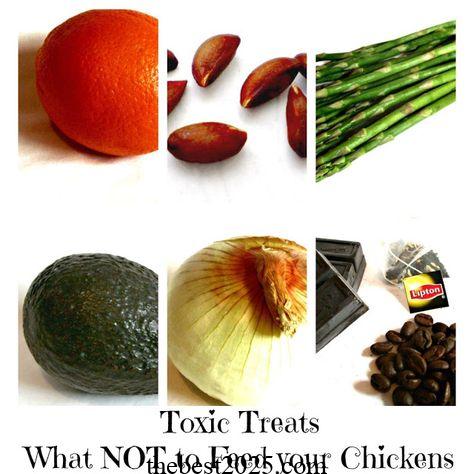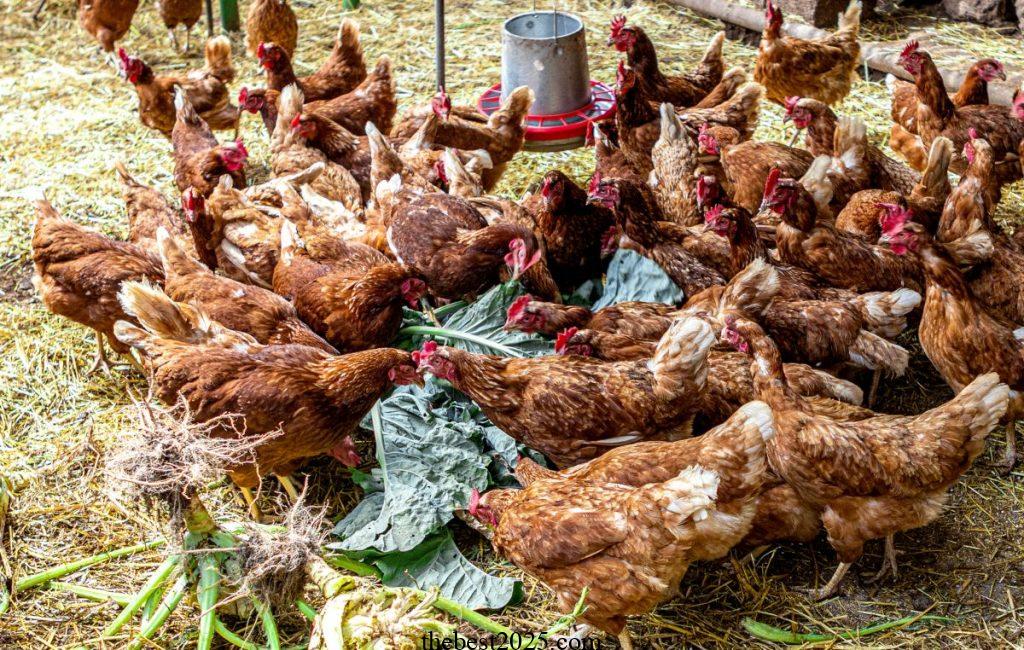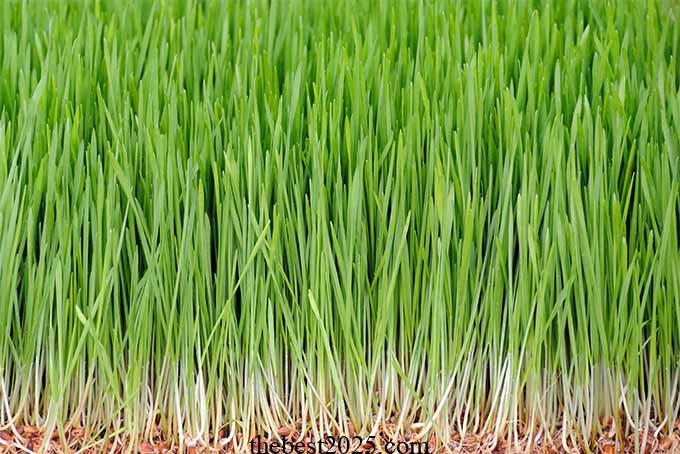Your Guide to Growing Chicken Scratch Greens for Healthy Chickens
When it comes to keeping your chickens healthy and happy, providing them with fresh, nutritious greens is essential. Chickens love to scratch and peck, and giving them the right type of greens can not only keep them engaged but also boost their overall health and egg production. In this comprehensive guide, we’ll walk you through the process of growing chicken scratch greens to ensure your feathered friends are well taken care of.
Understanding the Importance of Chicken Scratch Greens

What Are Chicken Scratch Greens?
Chicken scratch greens refer to a variety of leafy greens, herbs, and other vegetation that you can grow and feed to your chickens. These greens are not only a tasty treat for your flock but also a fantastic source of essential nutrients like vitamins, minerals, and fiber. Providing your chickens with scratch greens can help enhance their diet and keep them in optimal health.
Benefits of Feeding Your Chickens Scratch Greens
Feeding your chickens scratch greens offers several advantages:
- Improved Nutrition: Scratch greens are rich in vitamins and minerals that contribute to better overall health and egg quality in your chickens.
- Entertainment: Chickens love to scratch and peck at the ground. Providing them with scratch greens can keep them entertained, preventing boredom-related problems.
- Egg Production: A balanced diet with scratch greens can lead to increased egg production and better-tasting eggs.
- Natural Pest Control: Some greens, like herbs, can act as natural pest repellents in your chicken coop or run.
Selecting the Right Greens for Your Chickens

When choosing the greens to grow for your chickens, it’s important to consider a few factors.
Types of Greens
There’s a wide variety of greens you can choose from, including:
- Lettuce
- Kale
- Chard
- Dandelion greens
- Clover
- Basil
- Oregano
- Parsley
Each of these greens has its unique benefits and flavors, so you can select a mix that your chickens will love. For example, kale and chard are rich in vitamins, while herbs like basil and oregano can act as natural health boosters.
Growing Conditions
The growing conditions for scratch greens should mimic those of any garden greens. They need:
- Sunlight: Most greens require at least 4-6 hours of sunlight per day.
- Well-Drained Soil: Ensure that the soil is well-drained to prevent root rot.
- Water: Regular watering is crucial, especially during dry periods.
Seeds or Seedlings
You can start your scratch greens from seeds or purchase seedlings from a nursery. Both options work well, but starting from seeds can be more cost-effective.
Creating a Chicken-Friendly Garden

To grow the best scratch greens for your chickens, consider setting up a dedicated chicken-friendly garden.
Fencing
Install a secure fence to keep your chickens out of your garden beds. This prevents them from digging up your greens before they’re ready to harvest.
Raised Beds
Consider using raised garden beds to make it harder for your chickens to access the plants. These can also be easier to protect with fencing.
Rotational Grazing
Implementing rotational grazing can help preserve your greens. Move your chickens to a different area of the garden regularly to allow the plants time to recover.
Caring for Your Scratch Greens

Growing scratch greens for your chickens is only half the battle. You’ll need to provide proper care to ensure a bountiful harvest.
Regular Pruning
Prune your greens regularly to encourage bushier growth. This also provides your chickens with a continuous supply of fresh greens.
Fertilization
Use organic fertilizers to keep your scratch greens healthy. Avoid chemical fertilizers, as they can harm your chickens and contaminate the greens.
Pest Control
Keep an eye out for pests in your garden. Natural remedies like neem oil or diatomaceous earth can help protect your greens without harming your chickens.
Harvesting and Feeding

Once your scratch greens are ready for harvest, it’s time to share them with your chickens.
Harvesting
Harvest the greens when they are young and tender. This ensures the best taste and nutritional value for your chickens.
Feeding Schedule
Offer your chickens scratch greens as a treat once or twice a day. Ensure they still receive their regular feed to maintain a balanced diet.
Frequently Asked Questions (FAQ)
Q1: Can I feed my chickens any type of greens?
A1: While many greens are safe for chickens, some, like rhubarb and nightshades, can be toxic. Stick to the recommended greens for their safety.
Q2: How much scratch greens should I feed my chickens?
A2: As a general guideline, offer a small handful of scratch greens per chicken per day. Adjust based on their preference and appetite.
Q3: Can I use kitchen scraps for chicken greens?
A3: Yes, kitchen scraps like lettuce, carrot tops, and cucumber ends can be used as chicken greens. Just make sure they are fresh and pesticide-free.
Q4: How long do scratch greens take to grow?
A4: The time it takes for scratch greens to grow depends on the type of greens and growing conditions. On average, it can take 4 to 8 weeks from planting to harvest.
In conclusion, growing chicken scratch greens is a rewarding endeavor that benefits both you and your chickens. It provides them with nutrition, entertainment, and can boost egg production while creating a lush and vibrant garden space for you to enjoy. With the right knowledge and care, you can ensure your feathered friends are healthy and content. So, get started on your chicken-friendly garden today, and watch your chickens thrive.
tag
- chicken feed
- how to Keep Chickens Off Your Porch
- How to grow oyster mushrooms at home
- Growing Kale in Pots


0 Comments